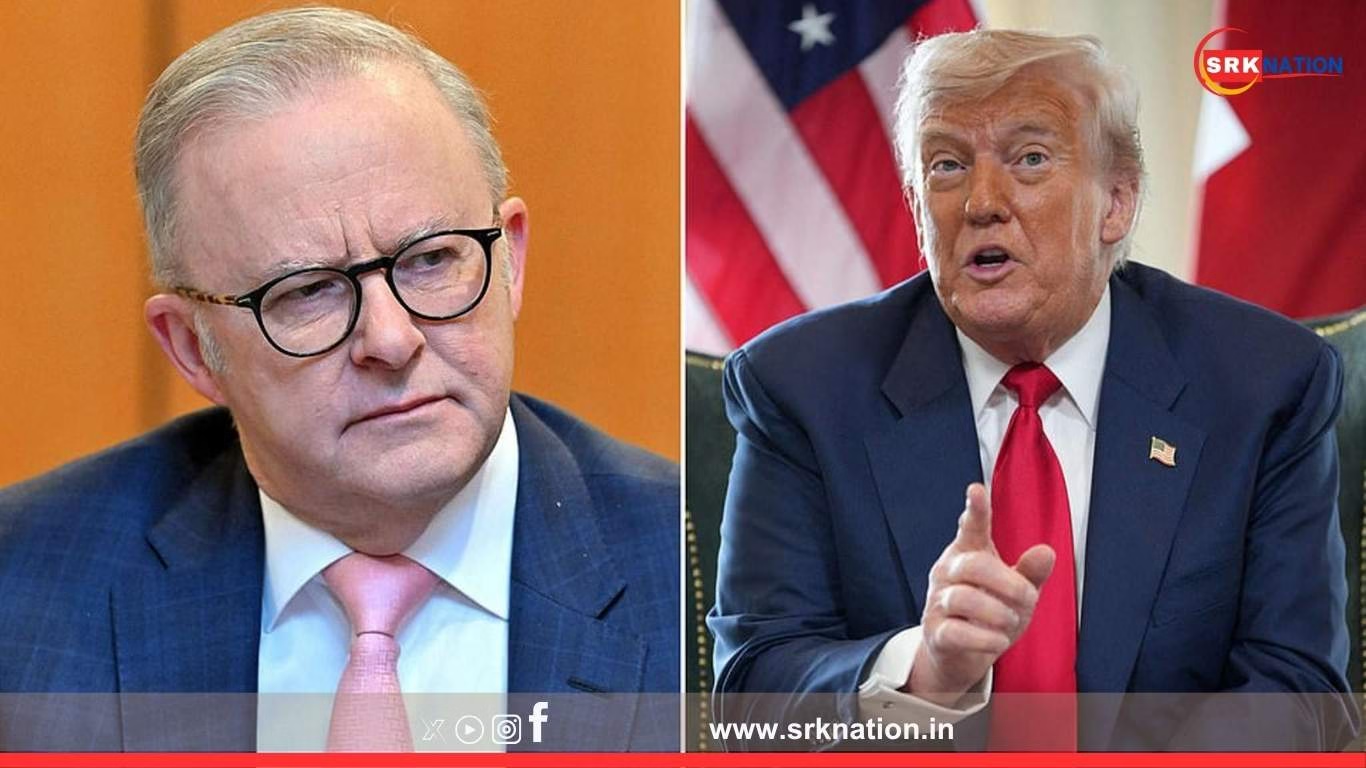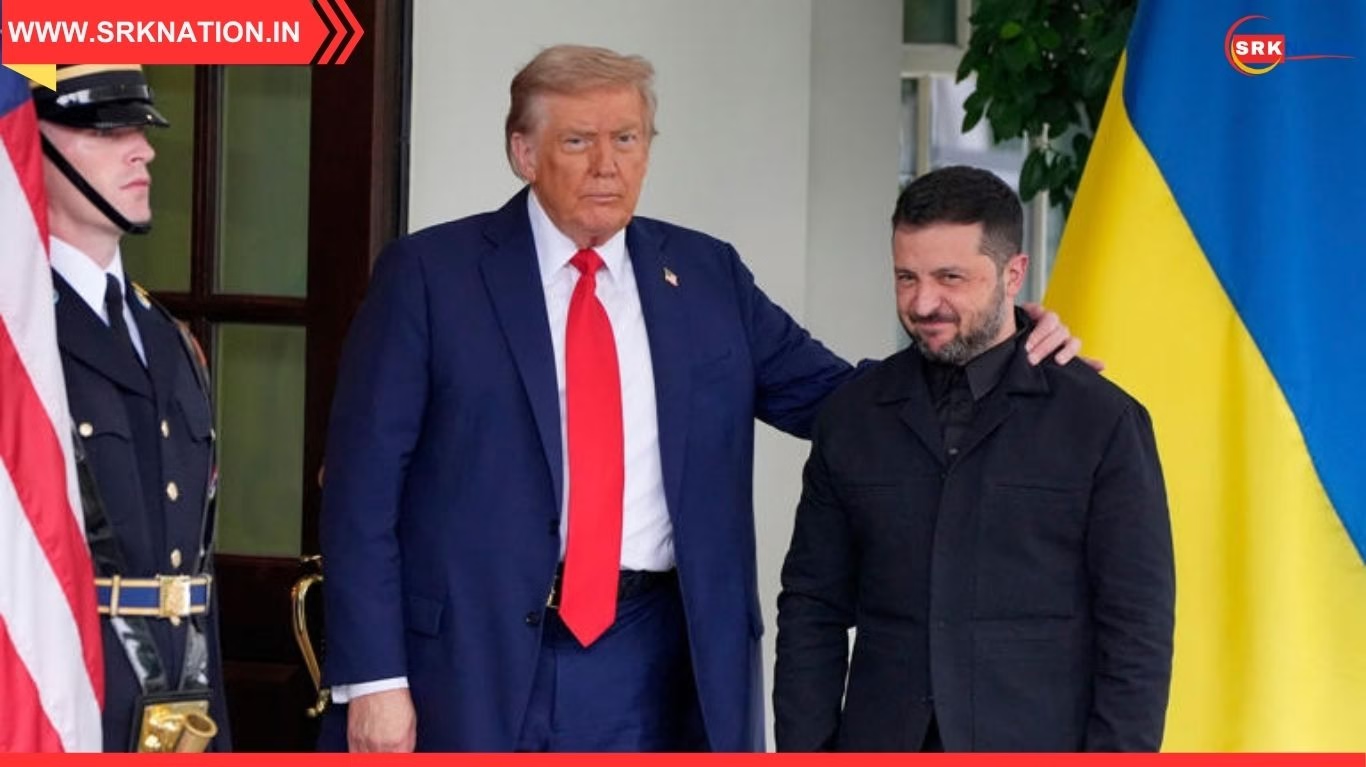In a move that could significantly alter global trade dynamics, former US President and 2024 Republican frontrunner Donald Trump has signaled the possibility of a sweeping tariff hike on imports if he returns to the White House. Among the countries likely to be affected is Australia, a key US ally and trade partner, raising alarms within Australian business, political, and export sectors.
The potential reimposition of aggressive protectionist trade measures—similar to those seen during Trump’s first presidential term—could disrupt billions of dollars in bilateral trade, especially if a uniform tariff is placed across all imports. This new proposal adds uncertainty to the US-Australia economic relationship and complicates the global trade outlook amid existing supply chain instabilities.
A Recap of Trump’s New Tariff Proposal
During a recent campaign rally and televised interviews, Trump proposed implementing a universal baseline tariff of 10% on all foreign goods entering the United States, while floating even higher levies—reportedly up to 60% on Chinese imports. Although his statements were largely directed at China, he made it clear that no country would be exempt, including traditional US allies.
Trump claimed the tariff would boost American manufacturing, revive domestic industries, and help reduce trade deficits. He also criticized current trade agreements for being “one-sided,” promising to overhaul them if reelected.
While no formal policy document has been released, trade watchers and economic analysts are already scrutinizing the implications for countries like Australia, which enjoy free trade ties with the US under the Australia–United States Free Trade Agreement (AUSFTA) signed in 2005.
US-Australia Trade: What’s at Stake?
The United States is one of Australia’s most important trade and investment partners. As of 2023, two-way trade between the US and Australia stood at approximately AUD 92 billion, with the US ranking as Australia’s third-largest trading partner.
| Sector | Australian Exports to US (AUD) | Australian Imports from US (AUD) |
|---|---|---|
| Pharmaceuticals & Healthcare | $3.1 billion | $6.2 billion |
| Automotive Components | $1.5 billion | $3.8 billion |
| Machinery & Electronics | $2.2 billion | $5.5 billion |
| Education & Services | $4.8 billion | $1.2 billion |
| Agriculture & Food Products | $2.9 billion | $2.4 billion |
Should a blanket 10% tariff be imposed by the US, Australian exporters could lose their pricing competitiveness, especially in sensitive sectors like agriculture, wine, automotive, and medical products—all of which currently benefit from duty-free access to the US under AUSFTA.
Impact Analysis: How Australia May Be Affected
- Wine and Agricultural Exports:
Australia exports a significant amount of wine, beef, and dairy to the United States. A new tariff structure could erode Australia’s market advantage and give competing nations—especially those with lower-cost production—an edge. - Automotive Components:
Australian manufacturers involved in high-tech automotive components for American car companies could face a drop in demand if US firms look to domestic or cheaper suppliers. - Education and Services:
While services may not be directly taxed like goods, Australian universities and ed-tech exporters could suffer if economic uncertainty or retaliatory trade measures affect broader sectors. - Mining and Rare Earths:
Australia is a vital supplier of rare earth materials and lithium to the US. If tariffs are imposed indiscriminately, critical mineral trade may also be disrupted, which contradicts current US strategies to reduce reliance on China for such materials.
Australia’s Response: Cautious Monitoring and Strategic Planning
Australian trade officials and government sources have stated they are “monitoring the situation closely” and are preparing contingency strategies. They emphasize that existing trade agreements should be honored, and that unilateral tariffs would breach WTO norms and the bilateral AUSFTA deal.
Diplomatic sources suggest that Australia will push for exemptions through high-level talks, just as it did during Trump’s first term when Australia secured a waiver from steel and aluminum tariffs in 2018.
Australian businesses are also reevaluating their US exposure. Exporters, particularly in the wine, beef, and tech sectors, are considering market diversification strategies, such as expanding into Southeast Asia and the EU.
Global Implications: Is a Trade War Resurfacing?
Trump’s tariff proposal is being viewed globally as a potential trigger for a renewed global trade war, with ripple effects expected across the Asia-Pacific region. Economists warn that such measures could lead to:
- Rising consumer prices in the US due to increased import costs.
- Retaliatory tariffs from affected countries, including US allies like Australia, Canada, and the EU.
- Supply chain disruptions, especially in electronics, pharmaceuticals, and automotive sectors.
- Volatility in global stock markets and investor sentiment.
Trade experts note that while protectionism might yield short-term political gains, the long-term economic costs are typically borne by consumers, small exporters, and sectors reliant on global inputs.
Business and Industry Voices: Mixed Reaction
The Australian Chamber of Commerce and Industry and several export-focused trade bodies have expressed concern over the proposed tariffs, calling for immediate bilateral engagement with US counterparts. However, some domestic manufacturing groups see an opportunity to gain market share within Australia, should global trade flows be altered.
| Stakeholder | Response Summary |
|---|---|
| Wine Australia | Concerned about competitiveness, calls for dialogue |
| Meat & Livestock Australia | Warns of lost access to premium markets |
| Australian Manufacturing Council | Sees upside in local demand if US reduces imports |
| Department of Foreign Affairs & Trade | Monitoring developments, pushing for exemptions |
Historical Context: Trump’s Trade Legacy with Australia
During Trump’s presidency (2016–2020), Australia largely escaped the full brunt of his protectionist agenda due to the long-standing alliance between the two nations. However, tensions still arose during the steel and aluminum tariff saga, which initially included Australia before exemptions were granted.
Yet, the risk today is higher. Analysts argue that a broad, uniform tariff may not accommodate exemptions as easily as targeted sector-specific measures. Trump’s campaign rhetoric suggests a more uncompromising and aggressive trade policy this time around.
What Lies Ahead?
As Trump’s 2024 campaign gains traction, global markets, policymakers, and businesses are bracing for a possible reshaping of the global trade order. Australia must prepare for several scenarios:
- Scenario A: Trump wins and implements uniform tariffs, Australia is included — bilateral ties strain.
- Scenario B: Trump wins but exempts allies — Australia maintains competitive advantage.
- Scenario C: Trump loses — status quo trade continues under Biden or another candidate.
The Australian government is likely to engage its diplomatic and economic apparatus early, reinforcing its importance as a strategic ally and secure trade partner to the United States.
Disclaimer:
This news article is based on currently available public information, campaign statements, and trade statistics. It does not reflect the final outcomes of any proposed policies, which may change post-election or upon formal policy declaration. Readers are advised to follow official government and diplomatic updates for developments.











